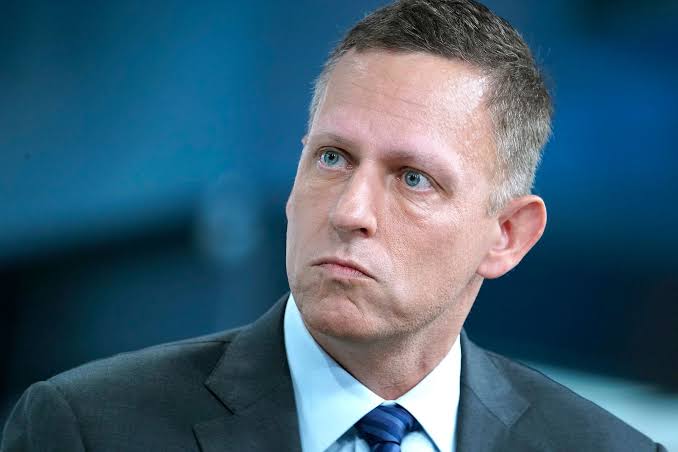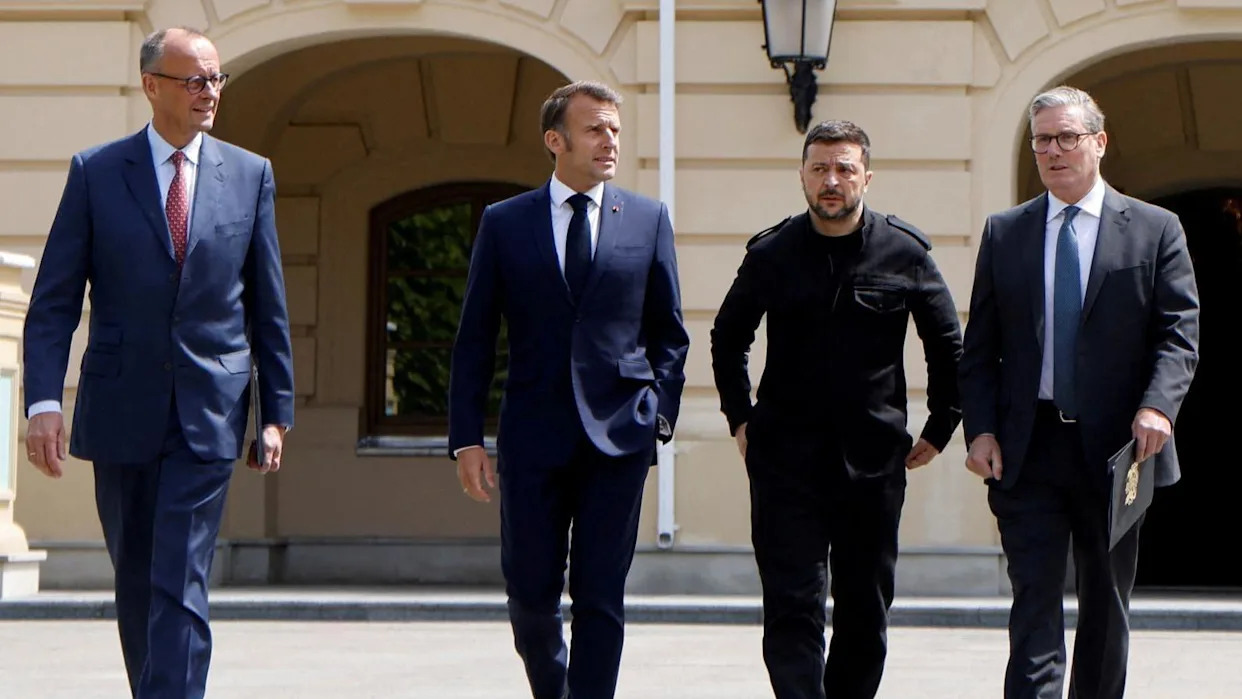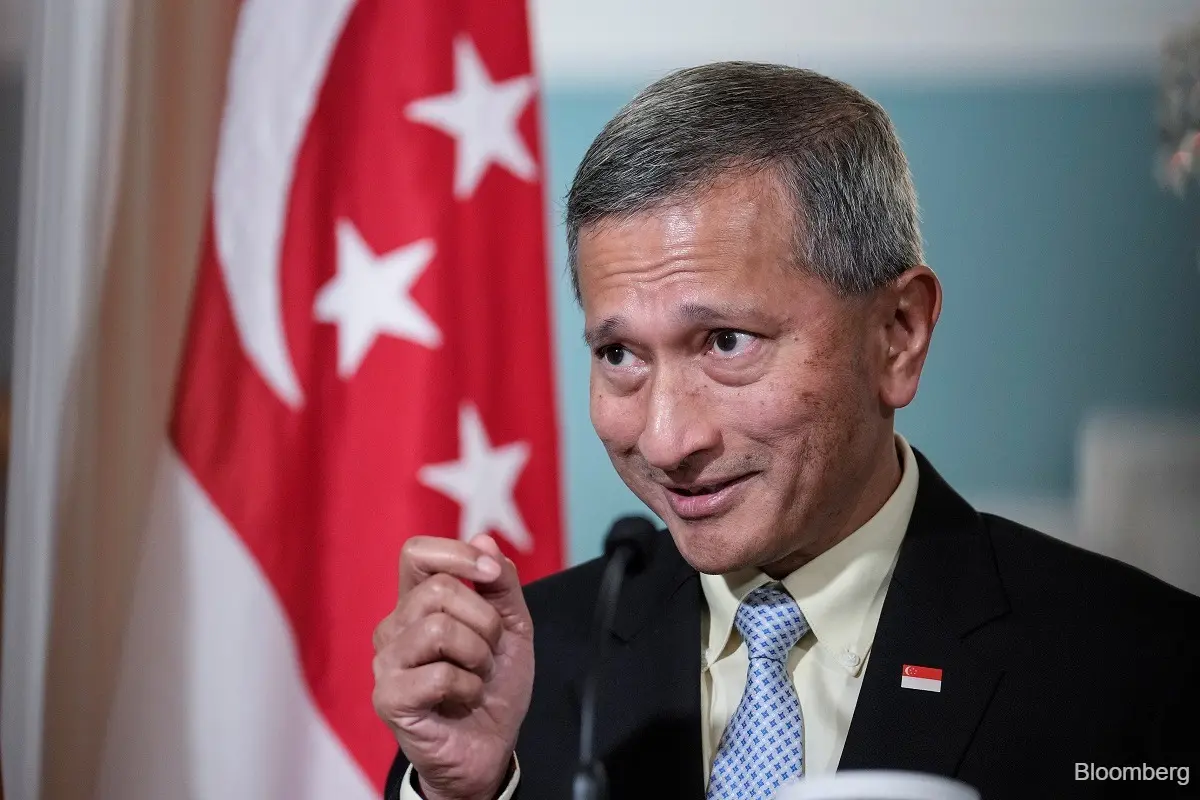Thiel’s full exit from Nvidia signals growing caution over soaring AI valuations amid rising competition, market risks and questions about sustainability.
Billionaire investor Peter Thiel has sold his fund’s entire stake in Nvidia, a move that drew attention across global markets as questions grow over whether the extraordinary boom in artificial intelligence stocks can endure.
Thiel Macro, the venture capitalist’s investment vehicle, disclosed the exit in its latest quarterly filing to the U.S. Securities and Exchange Commission. The fund offloaded all 537,742 Nvidia shares during the three months to September, a position worth about $100 million at the end of the quarter.
The filing, known as a Form 13F, is required for institutional managers overseeing at least $100 million in assets. While routine, these snapshots often reveal where prominent investors see opportunity — or risk. Thiel, known for early bets on companies such as PayPal and Facebook, had steadily increased his Nvidia holdings through late 2024 and the first half of 2025, adding shares during a brief market pullback triggered by President Donald Trump’s trade and tariff announcements.
Nvidia has become the clearest market winner of the AI surge, its chips powering data centers and cloud platforms around the world. The company’s commanding lead in AI processors has pushed its valuation to historic heights and made it one of Wall Street’s most closely watched stocks.
Read Also: Microsoft, Anthropic And Nvidia Forge $45B AI Cloud Partnership
Thiel’s decision to lock in gains is unsurprising given the fund’s strategy of holding only a small number of positions, often for less than a year. But analysts say the sale may also reflect concerns about whether Nvidia’s momentum is sustainable.
Despite surging demand for AI hardware, some businesses have yet to see returns on their investments, fueling speculation that the broader AI market may be expanding faster than its real-world adoption. Historically, rapid-growth technologies have often passed through speculative bubbles before stabilizing.
Competition is also intensifying. Major tech companies — including several of Nvidia’s own biggest customers — are developing their own chips to reduce reliance on the company’s premium-priced processors. At the same time, rival chipmakers are accelerating production, which could erode Nvidia’s margins and weaken the supply shortages that have supported its pricing.
Valuation pressures add to the uncertainty. Nvidia’s price-to-sales ratio climbed above 30 in early November 2025, levels that in past cycles have signaled overextension. Broader market indicators are also flashing warnings: the S&P 500’s Shiller price-to-earnings ratio recently surpassed 41, a reading rarely seen outside periods preceding major corrections.
If markets stumble, analysts warn, companies with the most elevated valuations — including Nvidia — may face the sharpest declines. Thiel’s exit suggests at least one prominent investor is positioning early.










